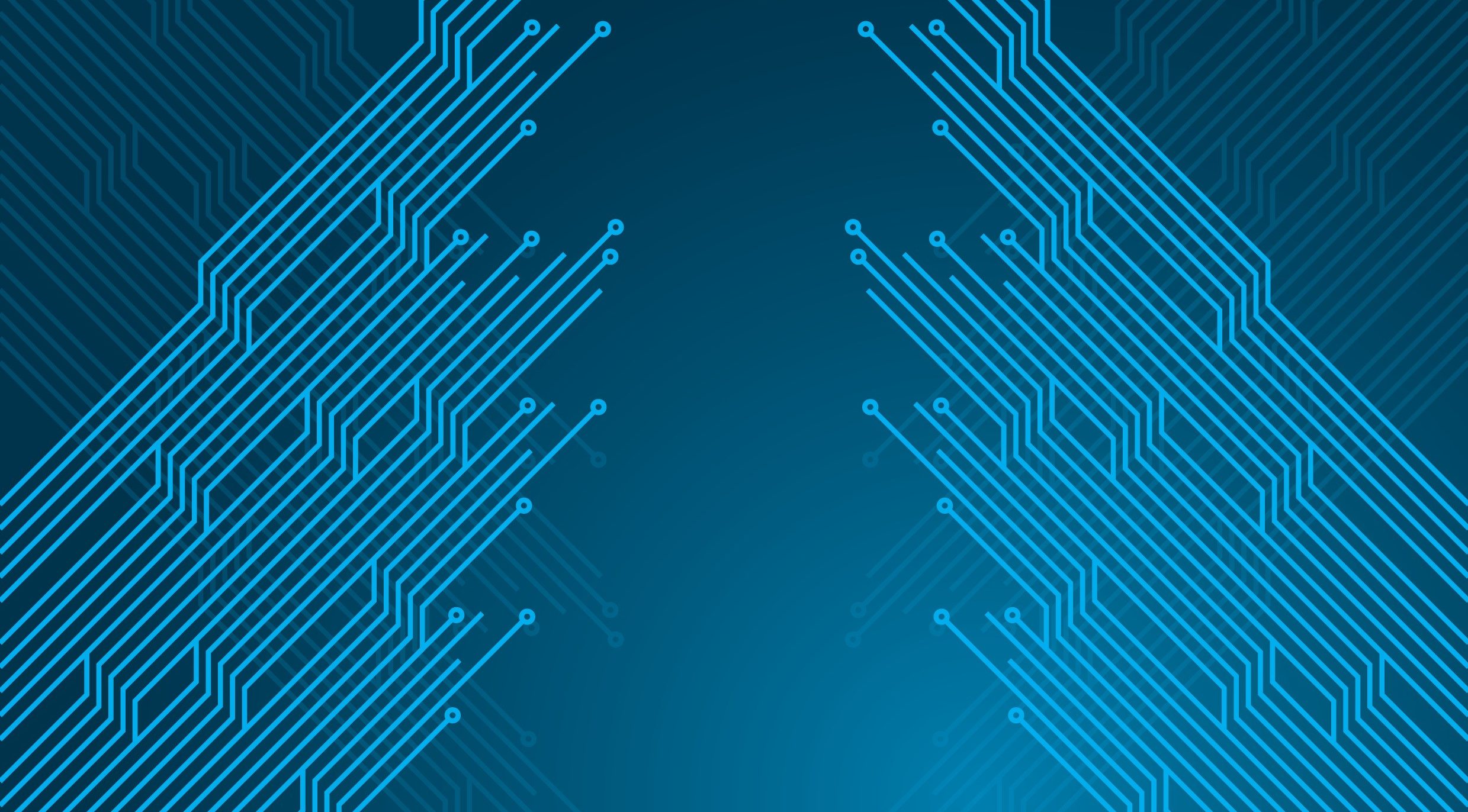Google DeepMind introduced Gemini Robotics-ER 1.5, a new embodied reasoning model for robotic applications. The model is available in preview through Google AI Studio and the Gemini API.
Gemini Robotics-ER 1.5 is designed for tasks that require spatial reasoning, multi-step planning, and execution in physical environments. It can output precise 2D points grounded in object size, weight, and affordances, supporting commands such as point at any object you can pick up. Developers can adjust a thinking budget to balance response latency with reasoning accuracy.
The model includes safeguards against unsafe or physically infeasible plans, with checks on payload limits and workspace constraints. While it does not directly control robot actuators, it can call external tools such as vision-language-action (VLA) models or user-defined functions to execute commands. Gemini Robotics is built as a dual-model system, combining this reasoning model with a VLA counterpart to allow robots of different configurations to share higher-level reasoning abilities. Partners like Apptronik and more than 60 testers are currently working with the system.
Compared to other large models applied to robotics, such as the Nvidia VLA, Gemini Robotics-ER emphasizes controllable reasoning depth and safety mechanisms. While previous systems focused on direct perception-to-action mapping, Gemini introduces a separation between reasoning and execution, which could make it easier to adapt across different hardware platforms.
Initial reactions show both interest and caution. Robotics engineers highlighted the tunable reasoning budget as a useful feature for balancing accuracy and deployment speed, though some raised concerns that separating reasoning from actuation could add latency.
AI consultant Sonia Sarao called the model’s general-purpose approach, quoting:
This general purpose approach will be transformational for robotics. Obviously the big robotic companies would partner with Google but even small ones could just license the AI from Google and build their own robots for solving niche problems.
And CPA, Brian Orlando described it as the real inflection point, posting:
Wild. Robots reasoning, planning, transferring skills. Feels like the real inflection point. Laundry today, general-purpose tomorrow.
The release of Gemini Robotics-ER 1.5 adds to the growing set of tools for embodied AI research, reflecting a shift toward models that separate reasoning from execution while maintaining flexibility across platforms. DeepMind reports that the system reached state-of-the-art performance across 15 robotics benchmarks and demonstrated compatibility with platforms ranging from dual-arm lab robots to humanoids. The design centers on creating a single adaptable software stack capable of running across different robot form factors, supporting a transition from lab testing to practical deployment.









